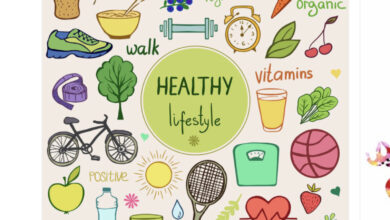HERD IMMUNITY? What’s That?

Lately, there have been many references to the term HERD IMMUNITY. Public health officials use it in their communications about COVID-19, newspaper and magazine articles refer to it, and doctors use it to give us hope for the future. Herd immunity refers to the situation where so many people have had, or are immune to, COVID-19, that there is no one left to give it to you. In a sense, “the herd,” the population, has kept you from getting the disease because so many have already had it, are immune, and no longer contagious. There is no one left to infect you.
When a large portion of a population has been immunized against a disease, the spread of disease is limited or even eliminated. This indirectly protects un-immunized people. As the number of people vaccinated increases, the protective benefit to the unvaccinated increases thus developing herd immunity in the population.
When a contagious disease enters a population of unvaccinated people, many members will contract the disease because they lack immunity to it. When everyone has had the disease or has been vaccinated, the number of people who can pass it to an unvaccinated, susceptible person becomes almost nil. Thus the unvaccinated person is safe because there is no one left to pass it on to him or her.
Studies have shown that if 80% of a population is immune, herd immunity will play a prominent role in protecting non-immune people. Only one in five people to whom an unvaccinated person is exposed is capable of passing the disease. Herd immunity has been demonstrated at population levels of immunity as low as 43%.
The herd immunity level (the percentage of immune individuals) is lower when it is achieved by having the disease rather than by vaccination. Having the disease provides more protection than vaccination.
Herd immunity is one means by which the COVID-19 pandemic can be brought under control, but knowing the devastating effects this virus has on the elderly and those with heart and lung diseases, this is a very risky option. For the young and healthy it’s a good idea, but when nursing homes are ravaged by COVID-related deaths, we need to seek an alternative that prevents those at high risk from acquiring the disease.
Studies do suggest that herd immunity is coming in some groups. It will vary from population to population and country to country.
It is still unknown if COVID-19 conveys immunity and if so for how long? Short term? Extended time? Permanent? It’s too early to know. Vaccination, theoretically, will answer that question and provide lasting immunity just as do most other vaccines. At least we certainly hope so.
The length of time a contagious disease is present in a population is a factor in the development of herd immunity. Time is on the side of herd immunity because the longer the disease is present the greater the chance of herd immunity. This is good as long as devastating fatal outcomes are not a problem.
Dr. G’s Opinion: Herd immunity is Nature’s way of controlling communicable diseases. It works, but it takes time and exacts a toll of death and suffering along the way. Although it seems immunity is better achieved by natural means, it makes more sense to me to save time and lives by developing and administering a safe, effective vaccine. To me, vaccinating “the herd” makes more sense than waiting for enough people to have the disease that no one is still contagious with it.
References: https://www.jhsph.edu/COVID-19/articles/achieving-herd-immunity-COVID-19.
https://www.medicalnewstoday.com/articles/COVID-19-achieving-herd-immunity.
Nymark, LS, et al. Inclusion of the value of herd immunity in economic evaluations of vaccines. Vaccine 2017 Dec 14;35(Pt 49B):6828-6841.




